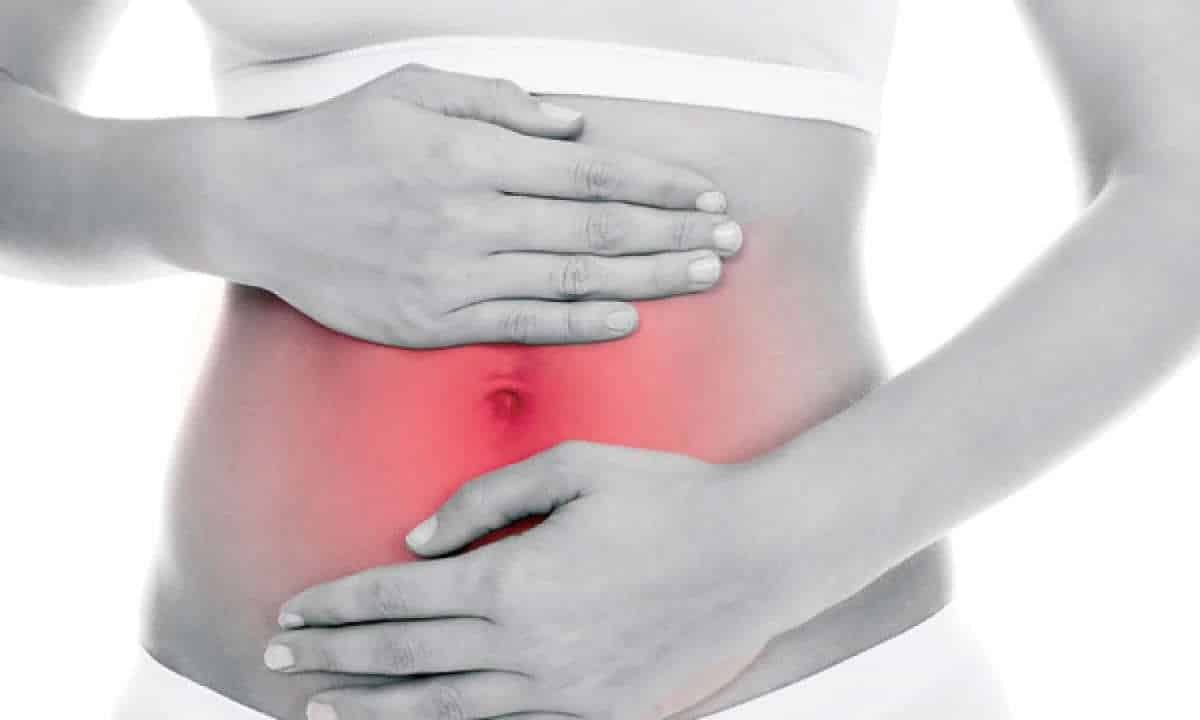After facing the challenges of colon cancer, enduring the months of chemotherapy, and undergoing a colon resection, particularly a right hemicolectomy, you’re not just a survivor but a warrior. Yet, the battle doesn’t end here. The road to healing, especially in your gut, requires patience, knowledge, and a deep understanding of how your body now functions.
Following my health battle a couple of years ago, I learned one thing, and it’s true for everyone – our bodies are miraculous and resilient. To undergo chemotherapy and have nearly every single cell in your body (good and bad) destroyed and then be able to rebuild itself is miraculous. Healing after a major surgery like a hemicolectomy, where a large portion of a major life source in your body is removed, is nothing short of miraculous.
Our bodies are resilient; however, learning to live after major trauma, like chemotherapy and surgery, takes time and a lot of patience. Life, as you know it, changes dramatically. Eating habits are not the same, and digestion is different, but that’s alright. It’s a “new normal,” and it takes time to adjust, and you will.
Undoubtedly, the most difficult part of my healing process was adjusting to a “new” digestive system after the hemicolectomy. More specifically, a right hemicolectomy, which wreaked havoc on my body for months.
What is a Right Hemicolectomy?
A right hemicolectomy is a surgical procedure that involves the removal of the right side of the colon, which includes the cecum, ascending colon, and sometimes a portion of the transverse colon. The remaining parts of the intestine are joined to ensure a seamless digestive pathway. This surgery is commonly recommended for treating colon cancers on the right side.
The right side of the colon primarily absorbs water, sodium, and some vitamins like vitamin K and B12. Its removal can, thus, affect digestion and nutrient absorption.

Expanded Insights into the Effects of a Right Hemicolectomy
1. Reduced Water Absorption
The right side of the colon primarily functions in the absorption of water and electrolytes. When removed, you may experience frequent, watery stools or diarrhea, as the remaining sections of the colon may not fully compensate for the loss.
2. Altered Nutrient Absorption
The right colon partially absorbs vital nutrients and vitamins like vitamin K and B12. You may require dietary supplements or injections to compensate for potential deficiencies post-removal.
3. Faster Transit Time
With a reduced length in your colon, the transit time for food and waste may increase. This might result in more frequent bowel movements or even urgency, requiring you to be near a restroom soon after meals.
4. Gut Flora Changes
The gut microbiome can be affected by altered pH levels and faster transit time. This can lead to digestive issues like bloating, gas, or Small Intestinal Bacterial Overgrowth (SIBO).
5. Increased Risk of Malabsorption Syndromes
The removal can sometimes interfere with bile salt recycling, leading to bile salt diarrhea or malabsorption syndromes. This could result in weight loss, fatigue, and additional nutrient deficiencies.
6. Digestive Synchrony
Post-surgery usually takes some time for the remaining digestive organs to ‘learn’ how to function in a new way that compensates for the missing section. This transitional period can be marked by irregularity, unpredictability, and heightened sensitivity to certain foods or substances.

A study published in the World Journal of Gastroenterology suggested that alterations in bowel habits, while common immediately post-right hemicolectomy, tend to stabilize in the long term for most patients. However, this stabilization often occurs at a ‘new normal’ level of function that is different from pre-surgery habits.
Digestive Issues After the Procedure
Several digestive issues can arise post-procedure, such as:
- Diarrhea: With the right side of the colon removed, there’s a reduced capacity to absorb water, leading to more liquid stools.
- Malabsorption: Certain vitamins might not absorb effectively, possibly leading to deficiencies.
- Increased Bowel Movements: This can result from faster transit time of food material.
Nourishing Your Gut: What to Eat After the Hemicolectomy?
A strategic approach to diet is vital to assist with gut healing and manage the post-surgery side effects. Here’s what you can focus on:
- High-Protein Foods: Proteins are essential for repairing tissues. Think lean meats, tofu, lentils, beans, and eggs.
- Nutrient-Dense Foods: Embrace dark leafy greens, berries, nuts, seeds, and whole grains. They provide essential vitamins and minerals for recovery.
- Stay Hydrated: Drink ample water and hydrating beverages like herbal teas.
Foods That Might Trigger Digestive Issues
Given the altered digestive tract, certain foods might exacerbate digestive issues:
- High-Fiber Foods: Foods like raw veggies, seeds, or very fibrous fruits might be harder to digest initially.
- Spicy Foods: These can irritate the gut lining.
- Lactose: Some individuals might develop lactose intolerance post-surgery.

Structuring Your Meals
- Smaller, Frequent Meals: Consider five or six smaller meals instead of three large meals. This can ease the digestion process.
- Chew Thoroughly: It aids digestion and reduces the burden on your intestines.
Thriving Post-Right Hemicolectomy
Living a full, vibrant life after a right hemicolectomy is not just possible; it’s a reality for many. The essential lies in:
- Regular Monitoring: Schedule regular check-ups with your healthcare provider. Address concerns promptly.
- Physical Activity: Engage in gentle exercises as recommended by your physician.
- Community Support: Join support groups to share experiences and learn from fellow survivors.
In a study from the World Journal of Gastroenterology, dietary modifications post-colon resection showed improved quality of life among patients, underscoring the role of diet in healing.
Healing your gut after a right hemicolectomy is a journey. It demands persistence, knowledge, and continuous learning. With the right approach, one can manage digestive issues and thrive, celebrating each day as a testament to the resilience and the human spirit’s indomitable will.
Healing the Gut Naturally
Healing your gut, especially post a right hemicolectomy, requires an integrated approach transcending just medicines. The holistic triad of nutrition, movement, and meditation offers a potent route to restore and rejuvenate your gut health, providing you the strength to navigate post-surgical challenges with confidence.
1. Deepening Nutritional Healing
While we’ve touched on the basics of high-protein and nutrient-dense foods, diving deeper into the nutritional universe for targeted gut healing is essential.
Probiotics and Fermented Foods: Beneficial bacteria are crucial in our gut. Including fermented foods like yogurt, kefir, sauerkraut, and kimchi can boost the gut’s microbial diversity. Probiotic supplements can also be considered, but always consult a healthcare professional before starting any new regimen.
Bone Broth: Rich in collagen and amino acids, bone broth is believed to help repair the gut lining, reducing inflammation and aiding in the absorption of nutrients. Heating a cup of chicken or beef bone broth, and adding a little salt and pepper, is a great snack that’s packed full of protein and nutrients.
Ginger and Turmeric: These two natural powerhouses offer anti-inflammatory properties. Ginger can also help with nausea, a common post-chemotherapy issue.
Avoiding Gut Irritants: Temporarily eliminating common irritants like caffeine, alcohol, and excessive sugars can give your gut the calm environment it needs to heal.
2. The Role of Movement in Gut Healing
Gentle Exercise: Low-impact exercises, such as walking or swimming, can stimulate gut motility, reducing constipation and promoting overall well-being. Always start slow and gradually increase your activity level.
Yoga for Gut Health: Specific yoga poses can enhance digestion and alleviate discomfort. Poses such as the ‘Child’s Pose’ or ‘Twisting Pose’ help massage the abdominal organs, stimulating digestion and aiding detoxification.

Pelvic Floor Exercises: Strengthening the pelvic floor can be beneficial, especially post-surgery. These exercises enhance bowel control, especially in cases of increased bowel movements.
3. Meditation: The Mind-Gut Connection
A growing body of research points to a deep connection between the mind and the gut. Stress, anxiety, and negative emotions can exacerbate gut issues.
Guided Meditation: For those new to meditation, guided sessions focusing on relaxation can be beneficial. Moreover, these meditations can direct healing energy to the gut, promoting a sense of calm.
Deep Breathing Techniques: Practices like ‘pranayama’ in yoga focus on deep abdominal breathing, which can massage the gut and stimulate digestion.
Visualization: Visualizing the healing process can be a powerful tool. Imagine your gut healing, mending, and functioning optimally. This technique can be particularly effective when combined with meditation or deep breathing exercises.
Incorporating the holistic triad of nutrition, movement, and meditation can substantially aid in healing your gut naturally post a hemicolectomy. It’s about harnessing the body’s innate ability to heal, tapping into the reservoirs of strength, and nurturing oneself with patience and love.
A 2019 study published in the Journal of Clinical Medicine found that integrative approaches, combining nutrition, physical activity, and stress management techniques, led to improved gut health, demonstrating the potential of a holistic approach.
Final Thoughts
While the journey post-right hemicolectomy can seem challenging, the power to heal lies within. With a balanced blend of the right foods, gentle movement, and a tranquil mind, you can pave the way to a rejuvenated gut and a life of vitality and wellness.
Always consult your healthcare provider before integrating new practices into your routine, especially post-surgery. Your individual needs and medical history will dictate the best path forward.



